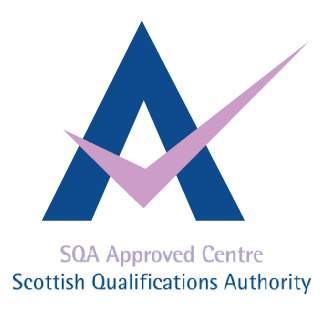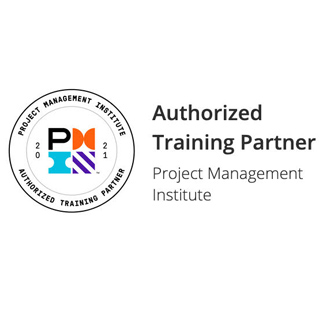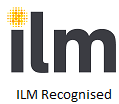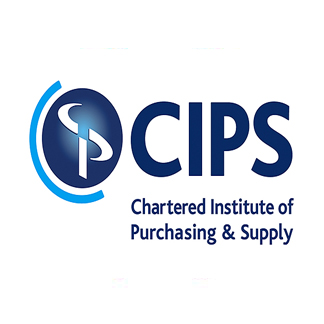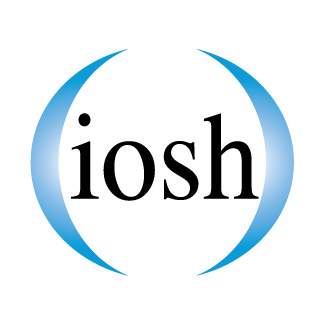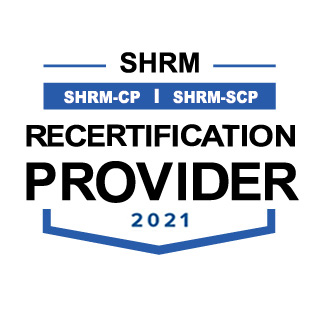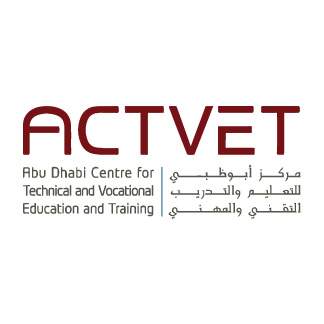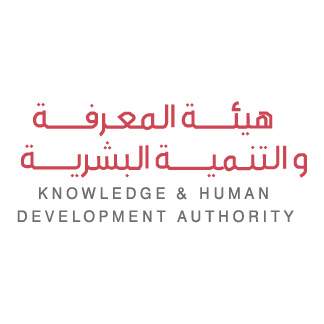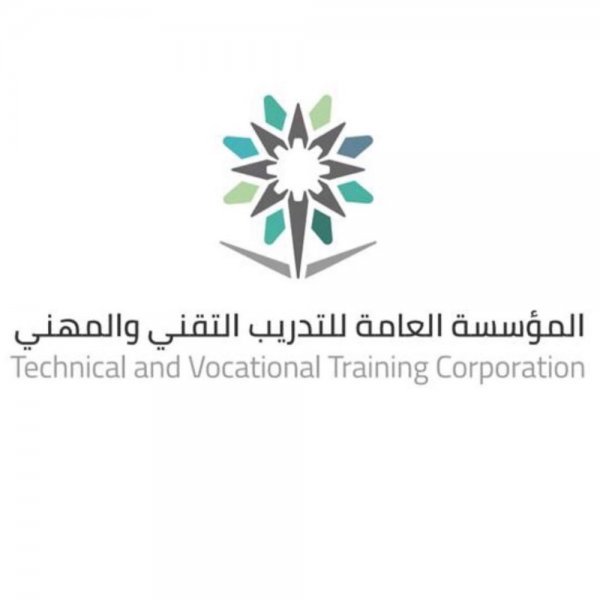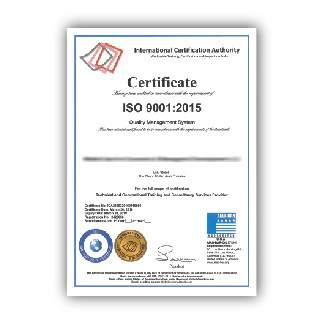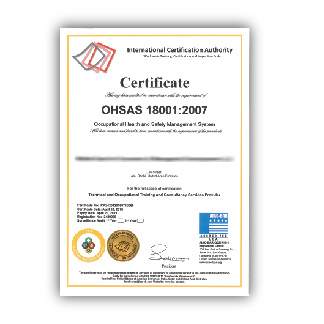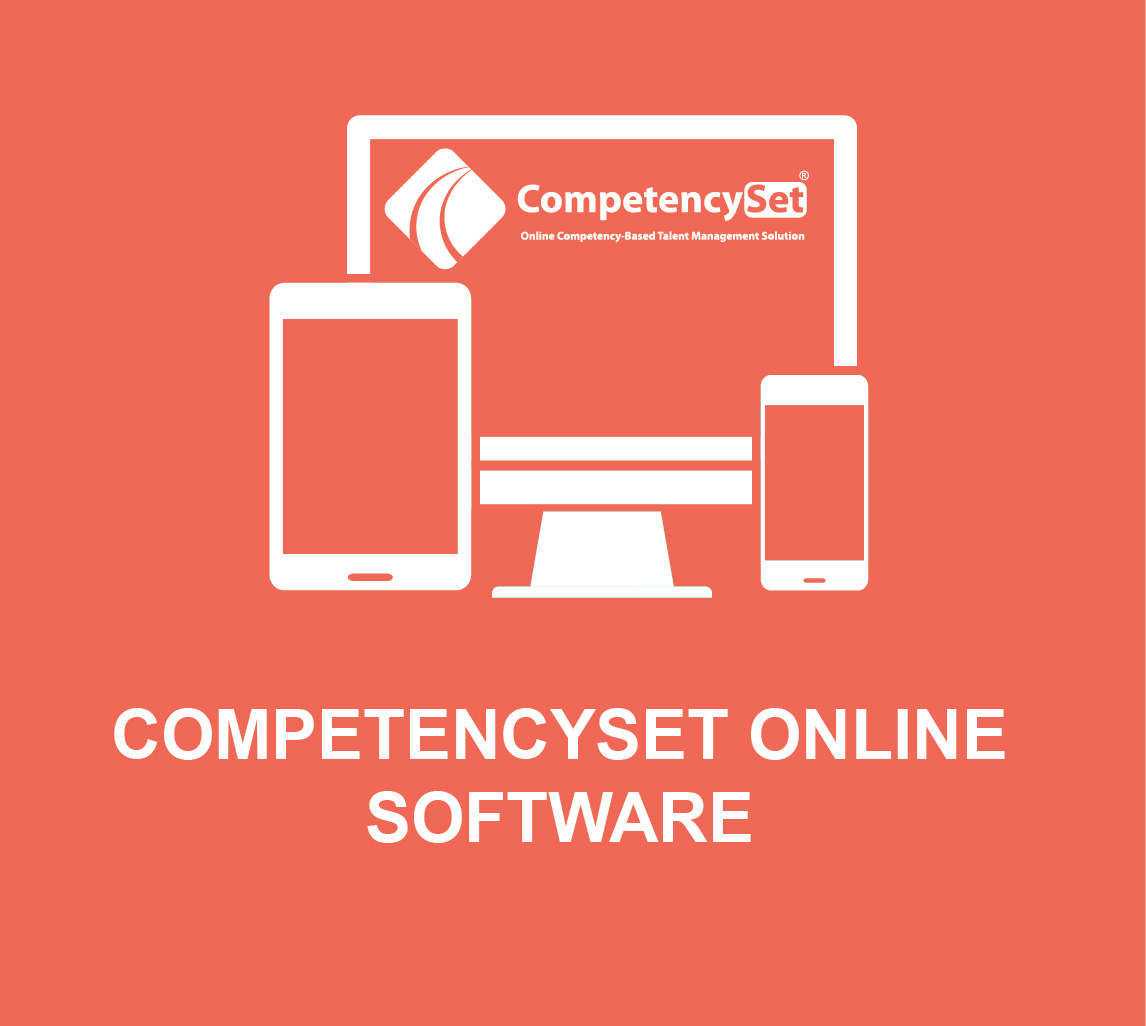Production Optimization and Artificial Lift System
| Start Date | End Date | Venue | Fees (US $) | ||
|---|---|---|---|---|---|
| Production Optimization and Artificial Lift System | 26 Oct 2025 | 30 Oct 2025 | Istanbul, Turkey | $ 4,500 | Register |

Production Optimization and Artificial Lift System
| Start Date | End Date | Venue | Fees (US $) | |
|---|---|---|---|---|
| Production Optimization and Artificial Lift System | 26 Oct 2025 | 30 Oct 2025 | Istanbul, Turkey | $ 4,500 |
Introduction
The Artificial Lift training program has been designed to provide a combination of technical and software classes for Production Engineers in order to enhance the knowledge using a consistent interconnected learning experience combining, theory, practice (using physical simulators and appropriate software. NODAL systems analysis use is stressed for lifting performance optimization of oil and gas wells.
This course covers the selection, design, and diagnosis of the major artificial lift techniques for both conventional and unconventional reservoirs. You will gain an appreciation of the key concepts involved in the application of artificial lift methods and a practical understanding of their operation and optimization. Well modelling software will be used to illustrate design and troubleshooting applications.
Objectives
- Apply and gain in-depth knowledge on the inflow & outflow performance and the system analysis in subsurface production operations
- Apply the latest methodology on artificial lift selection to lower the producing bottomhole pressure (BHP) on the formation to obtain higher production from the well
- Artificial lift methods, concepts of operation and equipment
- Selection criteria to ensure the most appropriate artificial lift method is chosen
- How to perform design procedures for artificial lift wells
- How to recognize the correct data required for well analysis
- Diagnosing and troubleshooting artificial lift well performance
- Optimizing the artificial lift system for production and long term reliability
- Describe artificial lift selection and the operation of gas lift installation
- Define what is an electrical submersible pump (ESP) and have an understanding of ESP system components and accessories, operation, ESP system selection and performance calculations, installation and handling and maintenance and troubleshooting
- Explain hydraulic pumping in oil wells including its operation, accessories & surface types of equipment
- Possess the skills needed to select and design an artificial lift system, plan its operation, monitor, analyze and optimize its performance.
- Be able to manage and control the production of artificial lift wells and fields
- Be able to study and compare the cost of artificial lift systems.
- Real-Time data gathering and interpretation
- The first objective of this course is to introduce the concept of NODAL analysis as a tool in production optimization and hence enhancement. Each learner will be exposed to the analysis of various components of the producing system and their effect on the performance of the total production system.
- Every oil and gas well requires a lift mechanism at some time-point. Often times during a well’s life cycle, changing conditions, necessitate switching from one to another lift method. Each lift system’s applicability often overlaps with other lift systems and it is important to understand when to use one and why not to use another. This course while providing instructions at awareness level will arm attendees with sufficient details to participate in informative decision-making process.
Upon the successful completion of this course, each participant will be able to:-
Training Methodology
The program is delivered in a combination of lecture-style and practical experiential learning method is results-oriented; based on an adult learning concept. The course is designed as a blended environment of presentation; workshops; group work; practical exercises; field application/ case studies, analysis and several industry videos showing all processes; and general discussions. The course will include real case studies in the oil and gas industry. Most of the case studies have been presented in international journals by the instructor. Pre & Post-course assessments will be used to measure the effectiveness of this training and measure the skill and ability of participants.
Who Should Attend?
The course is designed for, but not limited to those involved in the production optimization and Artificial Lift System design:
- Petroleum engineering or field staff involved in the selection, design, operation or troubleshooting of artificial lift systems (beam pumps, PCPs, plunger lift, jet pumps, ESPs and gas lift) for standard or unconventional reservoir applications
- Production Technologists
- Production Engineers
- Operations Engineers
- Field Technicians
- Reservoir Engineers
Course Outline
Day 1:
- Basics in reservoir and production engineering
- Overview of nodal analysis of well production system
- Well and reservoir flow coupling
- Well inflow performance
- Darcy’s Law
- Radial Flow Theory for Incompressible Fluids
- Steady State-Radial Flow of an Incompressible Fluid
- Semi Steady State Radial Flow of a Slightly Compressible Fluid.
- Radial Flow Theory for Compressible Fluids
- Steady State Radial Flow for a Gas System
- Multiphase Flow Within The Reservoir
- Non-Darcy Flow
- Productivity Index
- PI for Steady-State Incompressible Flow
- PI for Semi-Steady State Incompressible Flow
- Perturbations from Radial Flow Theory for Single-Phase Flow
Day 2: TUBING PERFORMANCE
- Fundamental Derivation of Pipe Flow Equation
- Principle of Conservation of Energy
- The Friction Factor
- Single Phase Flow Characteristics
- Dry Gas Flow
- Single Phase Liquid Flow – Oil or Water
- Multiphase Flow Concepts in Vertical and Inclined Wells
- Flow Characteristics in Vertical Wells
- Multiphase Flow Characteristics in Inclined Wells
- Fluid Parameters in Multiphase Flow
- Single Phase Flow Performance Predictions
- Single Phase Liquid Flow
- Multiphase Flow Models
- Correlations which consider neither Slippage nor Flow Regimes
- Correlations which include Phase Slippage but not Flow Patterns
- Correlations which consider both Slippage and Flow Regime
- Correlation for Inclined Wells
- Use of Vertical Well Pressure Loss Correlations
- Inclined Flow Correlations
- Gradient Curves
- Optimization of Tubing Flow
- Effects of GLR
- Effects of Tubing Size
- The Effects of Water-Oil Ratio
- FLOWLINE CHOKES
- Functions of Flowline Chokes
- Choke Equipment
- Positive or Fixed Choke
- Valve Seat with Adjustable Valve Stem
- Rotating Disc Choke
- Choke Flow Characteristics
- Flow Behaviour and Distribution
- Critical Flow-through Chokes
- Choke Flow Correlations
- Single-Phase Flow
- Multiphase Flow through Choke
- COMPLETION FLOW PERFORMANCE AND OPTIMISATION
- Matching the Inflow and Tubing Performance
Day 3: Artificial lift methods
- Introduction and selection criteria
- The need for artificial lift
- Review of artificial lift techniques
- Current status of the role of Artificial lift in field development
- Artificial list selection,
Gas Lift Systems
- ESP systems
- Progressive cavity pump
- Jet pump
- Hydraulic piston pump
- Sucker rod pump
Gas Lift Design and Optimization
- Overview of Gas Lift
- Understanding fluid mechanics, fluid properties and gas lift principles
- Installation Types
- Total Systems
- Optimum Design
- Valve Mechanics
- Fluid Operated Valves vs Casing Pressure Operation
- Gas Lift Operations
- Continuous Flow
- Intermittent Lift
- Troubleshooting
- CASE STUDY / EXERCISES
DAY 4: Electric Submersible Pumping (ESP) Design and Optimization
The objective is to get extended running times and optimum production rates. Well Design is critical, and governs ESP performance, for either undersized or oversized pump installation.
- ESP Systems
- ESP Components
- Multisensors
- Applications
- Design and Selection using Artificial Lift Design Software
- Installation / Operation
- Operational issues
- Solids
- Scale
- Corrosion
- CASE STUDY / EXERCISE
- ESP Diagnostics and Real-Time Well Operations and Optimization
- ESP Diagnostics
- Monitoring
- Trend analysis case studies
- Exercise
- Real-Time Well Operations and Optimization
- Overview
- Surveillance Methodology
- Architecture and Control
- Workflow GUI Integration
- Integrated Asset Optimization
- CASE STUDY / EXERCISES
DAY 5: Jet Pump
- Main Components and Operating Mechanisms,
- Pump Types,
- Performance Curves and Pump Selection,
- Required Power Fluid Rate,
- Surface Pressure and Horse Power,
- Design of a Jet Pump System
- New Technology in Artificial Lift Systems
- The Progressing Cavity Electric Submersible Pump (PCESP)
- Cable Deployed Pumping System
- Artificial Lift Offshore and Advanced Artificial Lift Systems
- Artificial Lift Offshore
- Production Chemistry
- Planning
- Inventory
- Redundancy
- Logistics
- Loadout


